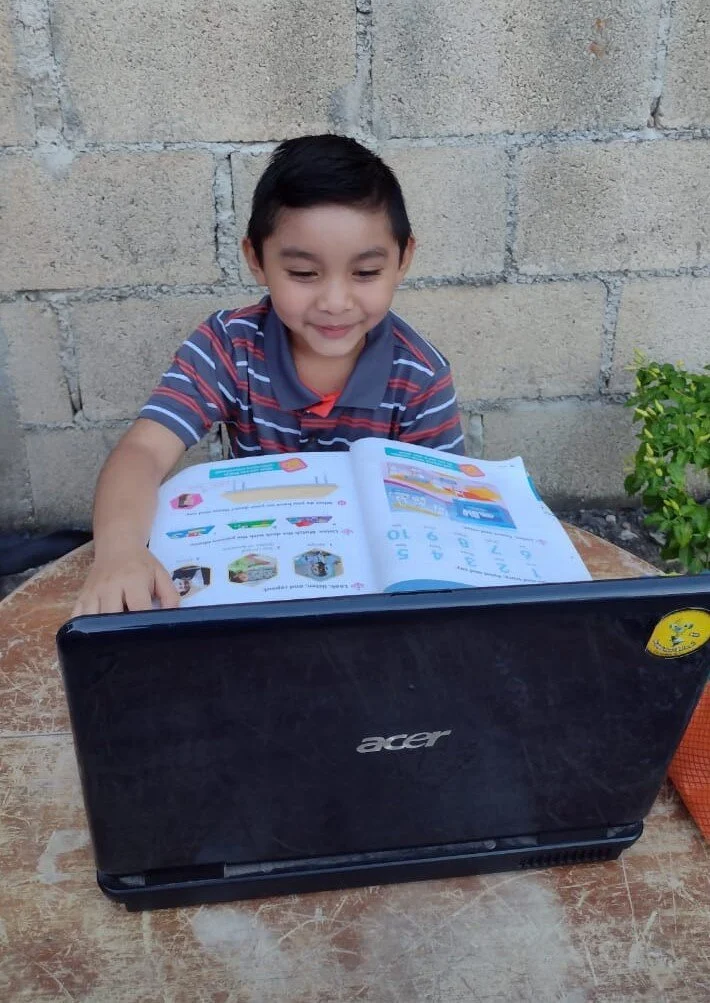Online learning with Teacher Rowan
At Na’atik, supporting local English learners is an integral part of our mission. Since pausing our in-person classes due to Covid-19, both our students and teachers have had to adapt to the online classroom format which has its own unique challenges.Teacher Rowan of the English Program gave us an update on her class and some insight into how she engages English learners in the online classroom.
Now that classes are online, how do you structure your lessons?
The basic structure starts with screen sharing off a PowerPoint, doing a warm up, homework review and then moving on to the lesson which always depends on what they are learning. My main goal for my class is to make sure my kids are interacting with other humans since they are stuck inside all day and I want to make sure that they are getting to use English.
I do a lot of speaking activities. It’s more challenging to focus only on grammar when you are teaching online. Kids don’t want to do drills because they're boring. You can make it fun in the classroom but it’s definitely way more challenging to make it fun in an online format. We do a lot of partner work. After I do an overview, I put the students in pairs where they can complete the task they are doing. After, they can present their skills to the class.
I try not to assign too much homework because they are already doing a lot of that through their formal schooling which is pretty much all paperwork—and I don’t want to add too much on.
How do you keep your students engaged?
The best way to engage a student who has never spoken English depends on the age range. For instance, if you are working with little kids it’s just about making it fun. If you turn it into a game and something that they want to do versus something that they’re feeling like they have to learn, they are way more apt to jump into using the language.
With older students it’s more about targeting interests. For adults, it's about figuring out why they want to learn the language and then drawing them in by hitting topics that are relevant to their use of English. With teenagers, it’s about what they already enjoy doing, they love social media, TikToks, music, and movies; they really want to understand them better.
People learn better when you make learning rewarding, which makes it a lot easier to pull in their attention, since learning a new language can be frustrating and really hard. If you can lighten it up but making it something that they already feel good about or confident in, it’s easier for them to open up and be more receptive to learning.


